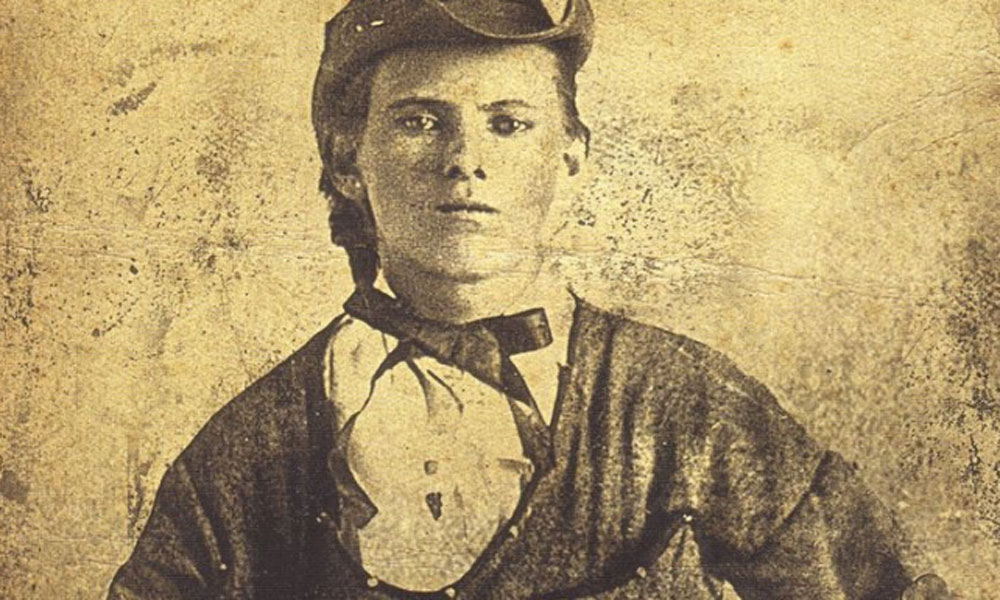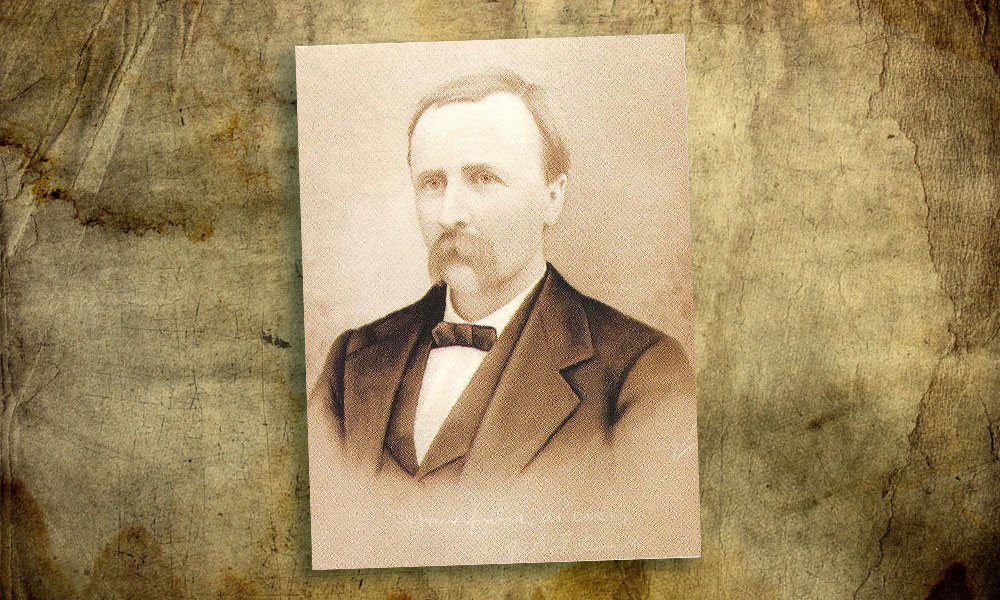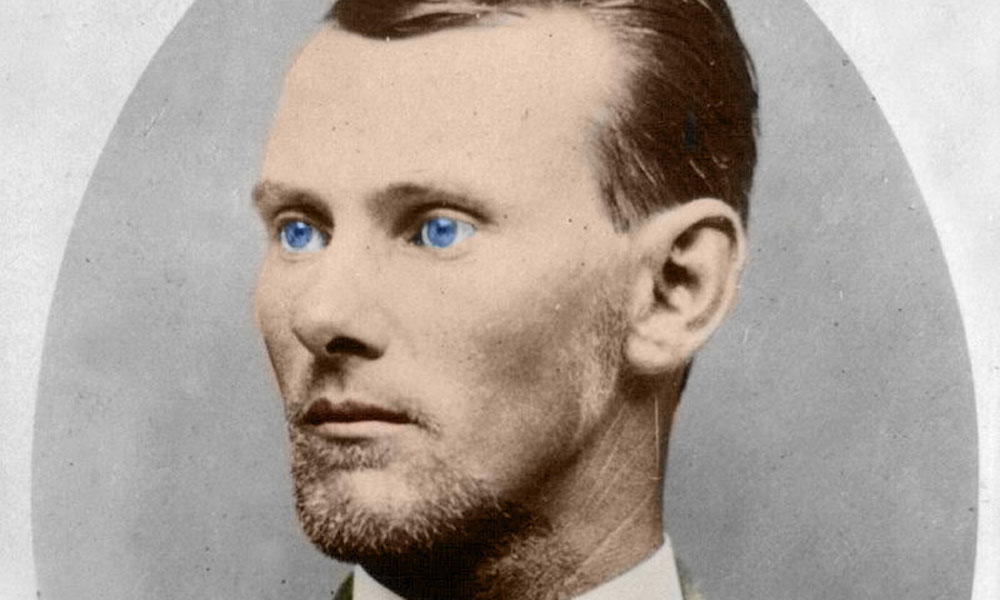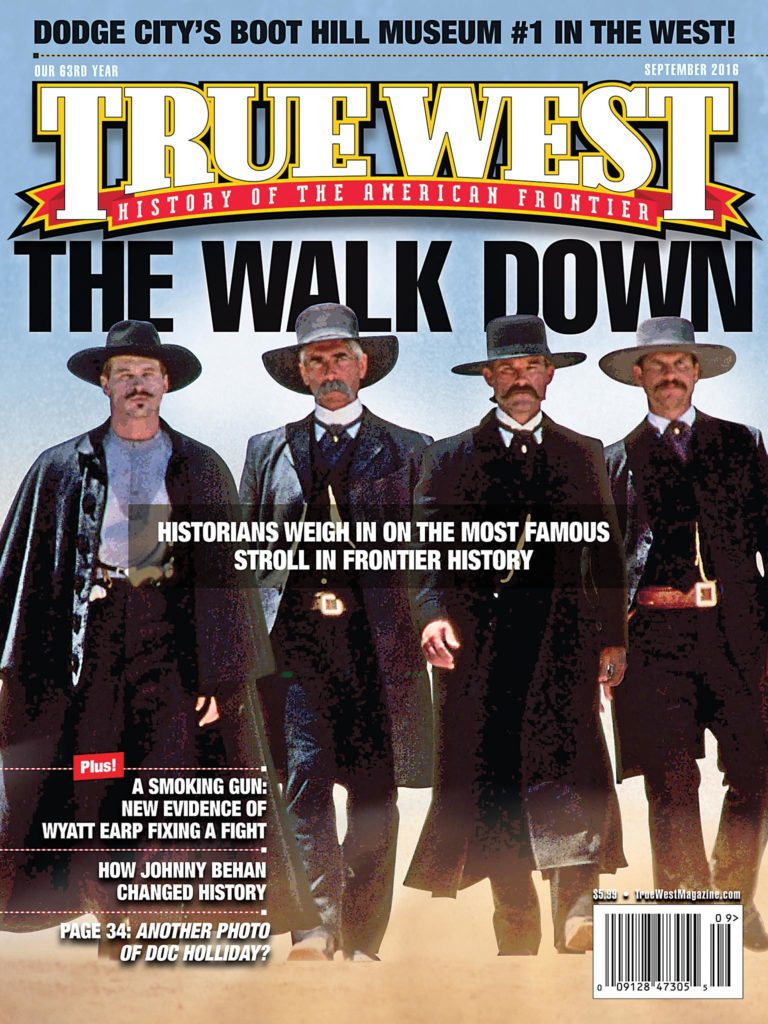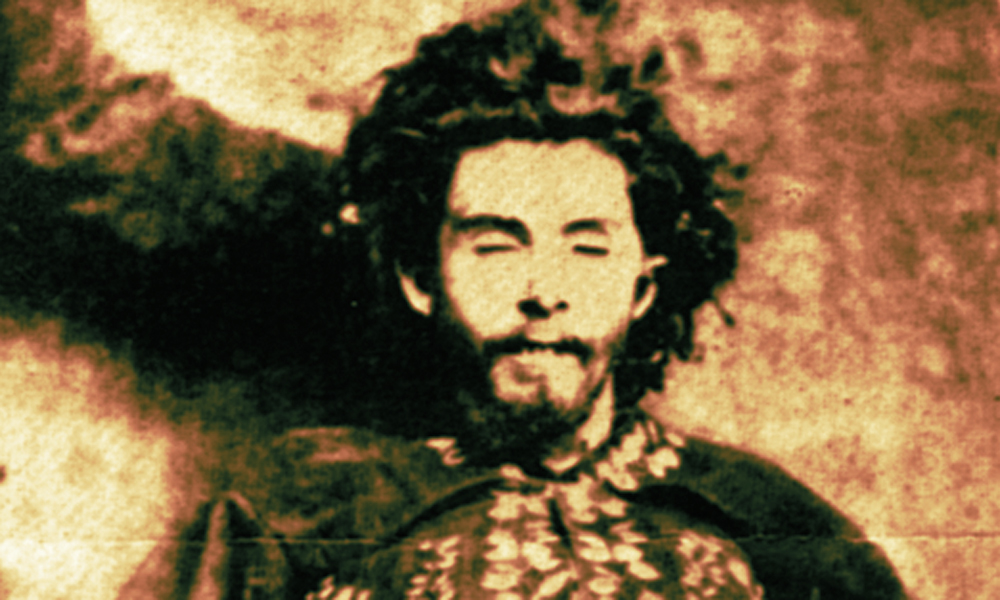
Jesse James had just turned 17 when the opportunity for violence first arose—up close and personal.
He and his older brother, Frank, were riding through Missouri with Confederate guerrilla leader William “Bloody Bill” Anderson, and they were in a foul mood. They had lost 13 men in battle on September 24, 1864. That same day, Union troops executed and scalped six of Anderson’s troops captured the day before. Anderson wanted revenge. He got it on September 27.
That morning, some 80 rebels attacked the tiny village of Centralia, about midway between St. Louis and Kansas City. They ransacked the town, threatened civilians and got drunk. After robbing a stage, the men stopped a train approaching Centralia.
The raiders were surprised to find 24 unarmed Union soldiers on board, veterans of Gen. William Tecumseh Sherman’s Atlanta campaign, headed for home. When two refused to leave the train, Anderson shot them dead. Except for Sgt. Thomas Goodman, who the rebels held as a hostage, the others stripped naked as ordered—and were gunned down. Those not killed during the volley had their throats cut or heads bashed in by rifle butts. The angry men mutilated or scalped several bodies.
The raiders went back to robbing the passengers, including Confederate sympathizers, and killed two more who weren’t quick enough to hand over the loot.
History does not record if the James boys participated in the raid. But in what followed, they almost certainly got their hands bloody.
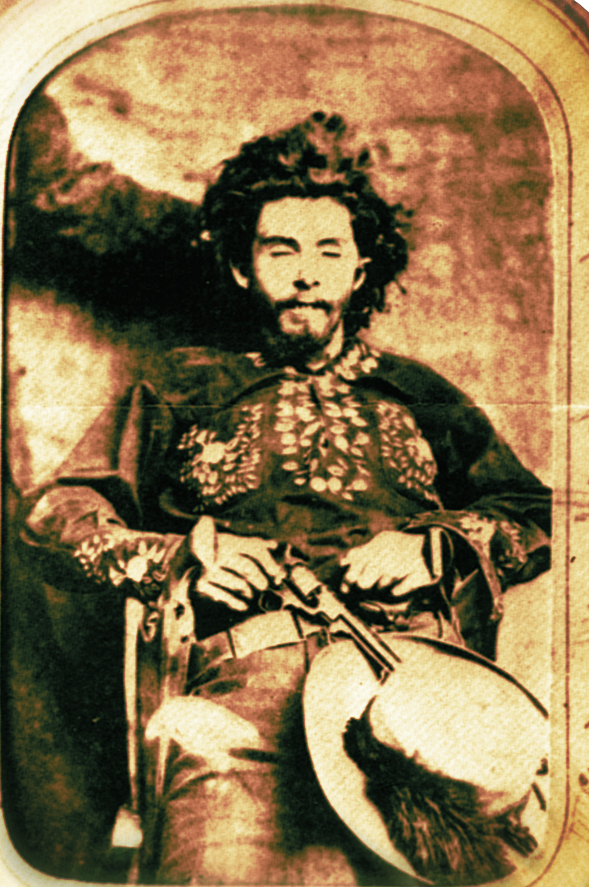
– True West Archives –
That same afternoon, Union Maj. A.V.E. Johnston led nearly 160 men of the 39th Missouri, mainly recruits with little or no battle experience, after the 80 tough, seasoned veterans, who were joined by dozens more from the Centralia area. When Johnston ordered his men to dismount, the Confederates charged them on horseback. A Union volley took down some of Anderson’s men, but the rest overran their foes. Frank claimed Jesse fired the pistol shot that killed Johnston.
The James boys joined the rebels in killing anyone they caught, including soldiers trying to surrender. Of the force, 123 died.
The victory celebration, featuring whiskey, trophy scalps and loot from the bodies, lasted about three hours. Then Anderson ordered his men to march, knowing that Union troops would be on the way, to exact their own revenge.
In the aftermath, Sgt. Goodman—the lone survivor of the troops taken from the train—escaped about 10 days later. For Anderson, Centralia was his swan song; less than a month later, on October 26, he was killed in a battle near Richmond, and his troops splintered. Jesse and Frank learned lessons about killing, robbing and looting that they would practice for the next 18 years.
After Centralia, a neighbor asked Jesse and Frank’s mother, Zerelda Samuel, if she was ashamed by their actions. She said she was not—and that she prayed to God to protect them in their work.


